Description
Product Overview
The BPC-157 & TB-500 Blend (5mg/5mg) is a high-purity research peptide product combining 5mg of Body Protection Compound-157 (BPC-157) and 5mg of Thymosin Beta-4 (TB-500) per vial, totaling 10mg of active peptide content. Designed exclusively for in-vitro laboratory research, this blend is formulated to explore the synergistic effects of these peptides on tissue repair, wound healing, inflammation modulation, and cellular regeneration. Synthesized in state-of-the-art facilities in the USA, the product undergoes rigorous third-party testing to ensure ≥99% purity, making it a reliable choice for researchers studying regenerative medicine and related fields. This product is not intended for human or animal consumption.
Our collection features high quality collagen peptides and vital proteins collagen peptides, offering proven collagen peptides benefits. From peptides for weight loss to peptides for muscle growth and peptides for skin, advanced biotech peptides support diverse research needs.
Product Specifications
- Composition: 5mg BPC-157 + 5mg TB-500 per vial (10mg total)
- Form: Lyophilized (freeze-dried) powder, requiring reconstitution with bacteriostatic water
- Purity: ≥99%, verified by High-Performance Liquid Chromatography (HPLC) and Mass Spectrometry
- Molecular Formula (BPC-157): C62H98N16O22
- Molecular Weight (BPC-157): 1419.556 g/mol
- Amino Acid Sequence (BPC-157): Gly-Glu-Pro-Pro-Pro-Gly-Lys-Pro-Ala-Asp-Asp-Ala-Gly-Leu-Val
- Molecular Formula (TB-500): C212H350N56O78S
- Molecular Weight (TB-500): 4963.44 g/mol
- Amino Acid Sequence (TB-500): Ac-Ser-Asp-Lys-Pro-Asp-Met-Ala-Glu-Ile-Glu-Lys-Phe-Asp-Lys-Ser-Lys-Leu-Lys-Lys-Thr-Glu-Thr-Gln-Glu-Lys-Asn-Pro-Leu-Pro-Ser-Lys-Glu-Thr-Ile-Glu-Gln-Glu-Lys-Gln-Ala-Gly-Glu-Ser
- CAS Number (BPC-157): 137525-51-0
- CAS Number (TB-500): 77591-33-4
- Appearance: White to off-white lyophilized powder
- Solubility: Soluble in bacteriostatic water or sterile saline for reconstitution
- Packaging: Sterile, vacuum-sealed 10mL glass vial with rubber stopper and aluminum crimp
- Storage Conditions:
- Lyophilized: Store at -20°C in a dry, dark environment, away from light and moisture
- Reconstituted: Store at 2-8°C and use within 30 days to maintain stability
- Shelf Life: 24 months from manufacture date when stored properly in lyophilized form
- Intended Use: For in-vitro research by licensed professionals only
- Manufacturing: Produced in ISO-certified facilities in the USA with compliance to Good Manufacturing Practices (GMP)
Key Features and Research Applications
The BPC-157 & TB-500 Blend is engineered to leverage the complementary mechanisms of these two peptides, making it an ideal candidate for research into tissue repair, inflammation, and cellular dynamics. Below is a detailed breakdown of each peptide’s properties and their combined potential:
BPC-157: Body Protection Compound-157
BPC-157 is a synthetic 15-amino-acid peptide derived from a protein found in human gastric juice. It has garnered significant attention in preclinical research for its regenerative and cytoprotective properties. Key characteristics include:
Tissue Repair and Regeneration:
- Accelerates healing of musculoskeletal tissues, including muscles, tendons, ligaments, and bones.
- Upregulates growth factors such as vascular endothelial growth factor (VEGF) and early growth response gene-1 (EGR-1), promoting fibroblast proliferation and collagen deposition.
- Enhances expression of growth hormone receptors on fibroblasts, supporting tissue remodeling.
Angiogenesis:
- Stimulates the formation of new blood vessels via VEGF-mediated pathways, improving blood flow and nutrient delivery to damaged tissues.
- Critical for wound healing and tissue regeneration in research models.
Anti-Inflammatory Effects:
- Modulates nitric oxide (NO) signaling, reducing oxidative stress and inflammation.
- Decreases pro-inflammatory cytokines (e.g., TNF-α, IL-6) while promoting anti-inflammatory pathways.
- Shows potential in reducing pain and swelling in experimental injury models.
Gastrointestinal Protection:
- Protects and repairs gastrointestinal mucosa, with applications in studying ulcer healing, inflammatory bowel disease, and leaky gut syndrome.
- Enhances endothelial integrity and mucosal barrier function in animal models.
Neuroprotection:
- Preliminary studies suggest neuroprotective effects, including nerve regeneration and recovery from traumatic brain injuries.
- May modulate serotonin and dopamine systems, offering potential for neurological research.
Systemic Effects:
- Demonstrates systemic benefits in animal studies, including improved liver and kidney function under stress conditions.
TB-500: Thymosin Beta-4
TB-500 is a synthetic analogue of Thymosin Beta-4, a 43-amino-acid peptide naturally present in most human and animal cells. It plays a critical role in actin regulation and cellular migration, making it a key focus in tissue repair research. Key characteristics include:
Cellular Migration and Actin Regulation:
- Binds to G-actin, promoting polymerization into F-actin, which forms the cytoskeleton necessary for cell movement and structural integrity.
- Enhances migration of fibroblasts, endothelial cells, and immune cells to injury sites, accelerating repair processes.
Anti-Inflammatory Properties:
- Suppresses pro-inflammatory cytokines (e.g., TNF-α, IL-1β) and modulates signaling pathways such as NF-κB and Toll-like receptors.
- Reduces fibrosis and scar tissue formation, improving tissue flexibility and function.
Musculoskeletal Repair:
- Supports recovery of muscles, tendons, and ligaments by enhancing tissue elasticity and strength.
- Studied in animal models for sports-related injuries, such as tendon tears and muscle strains.
Cardiac and Vascular Repair:
- Promotes angiogenesis and endothelial cell migration, aiding vascular repair.
- Shows promise in cardiac tissue regeneration post-myocardial infarction in preclinical studies.
Wound Healing:
- Accelerates dermal wound closure by promoting keratinocyte migration and extracellular matrix remodeling.
- Reduces inflammation and oxidative stress at wound sites.
Synergistic Effects of the Blend
The combination of BPC-157 and TB-500 is hypothesized to enhance their individual effects through complementary mechanisms:
Enhanced Actin Dynamics:
- BPC-157 upregulates actin production at the genetic level, increasing the availability of actin monomers.
- TB-500 facilitates actin filament assembly, directing actin to areas critical for cell migration and tissue repair.
Comprehensive Tissue Repair:
- BPC-157’s angiogenic and growth factor stimulation pairs with TB-500’s cell migration and anti-inflammatory effects, potentially accelerating healing across multiple tissue types (e.g., muscle, tendon, skin).
Inflammation Modulation:
- Both peptides reduce inflammation through distinct pathways (e.g., BPC-157 via NO signaling, TB-500 via cytokine suppression), offering a broader anti-inflammatory profile.
Collagen and Tissue Integrity:
- BPC-157 promotes collagen synthesis and deposition, while TB-500 enhances tissue flexibility, resulting in stronger, more resilient repaired tissues.
Systemic Benefits:
- The blend may provide systemic regenerative effects, supporting research into multi-organ repair and recovery from complex injuries.
Research Applications
The BPC-157 & TB-500 Blend is a versatile tool for researchers exploring:
- Wound Healing: Investigating accelerated closure of cutaneous and deep-tissue wounds.
- Musculoskeletal Recovery: Studying repair mechanisms for tendon, ligament, muscle, and bone injuries, particularly in sports medicine models.
- Gastrointestinal Health: Examining protective and reparative effects on the digestive tract, including ulcer healing and inflammatory bowel disease.
- Neuroprotection and Nerve Regeneration: Exploring applications in peripheral nerve repair and traumatic brain injury recovery.
- Cardiovascular Repair: Researching angiogenesis and cardiac tissue regeneration post-injury.
- Anti-Inflammatory Mechanisms: Analyzing modulation of cytokine profiles and inflammatory pathways in various disease models.
- Fibrosis and Scar Reduction: Investigating the reduction of fibrotic tissue and improvement of tissue elasticity.
- Systemic Regeneration: Studying multi-organ repair and recovery from systemic stressors.
Reconstitution and Preparation
To prepare the BPC-157 & TB-500 Blend for research use:
1. Materials Required:
- Sterile syringe (1mL or 3mL insulin syringe recommended)
- Bacteriostatic water (0.9% sodium chloride with 0.9% benzyl alcohol)
- Alcohol swabs for sterilization
2. Reconstitution Steps:
- Clean the vial’s rubber stopper with an alcohol swab.
- Draw 2 mL of bacteriostatic water into a sterile syringe.
- Slowly inject the water along the inner wall of the vial to avoid foaming or damaging the peptides.
- Gently swirl the vial (do not shake) until the powder is fully dissolved.
- Resulting concentration: 5 mg/mL total (2.5 mg/mL BPC-157 + 2.5 mg/mL TB-500).
3. Dosing Example:
- For a 250 mcg dose of each peptide (500 mcg total), draw 0.2 mL of the reconstituted solution.
- Use a sterile syringe and ensure accurate measurement for precise dosing in experimental models.
4. Storage After Reconstitution:
- Store at 2-8°C (refrigerated) and protect from light.
- Use within 30 days to maintain peptide stability and efficacy.
Safety and Handling
- Research Use Only: This product is strictly for in-vitro laboratory research by licensed professionals and is not approved for human or animal consumption.
- Potential Side Effects: Limited preclinical data suggest possible localized reactions (e.g., redness, swelling at injection sites), headaches, or mild gastrointestinal discomfort in animal models. Researchers should monitor experimental subjects closely.
- Precautions:
- Use aseptic techniques to prevent contamination during reconstitution and handling.
- Avoid freezing reconstituted solutions, as this may degrade peptide integrity.
- Consult species-specific literature, as human safety profiles are not established.
- Regulatory Status: BPC-157 and TB-500 are not approved by the FDA or any regulatory body for therapeutic use. Their application is limited to research settings under institutional and ethical guidelines.
- Contraindications: Avoid use in research models with known hypersensitivity to peptides or in studies lacking proper ethical oversight.
Quality Assurance
- Purity Testing: Each batch undergoes third-party analysis using HPLC and Mass Spectrometry to confirm ≥99% purity and accurate peptide composition.
- Manufacturing Standards: Produced in GMP-compliant, ISO-certified facilities in the USA, ensuring consistency and quality.
- Certificate of Analysis (CoA): Available upon request, detailing purity, composition, and testing results.
- Traceability: Each vial is labeled with batch number, expiration date, and product details for full traceability.
Why Choose BPC-157 & TB-500 Blend (5mg/5mg)?
- Synergistic Formulation: Combines two potent peptides to maximize research potential in tissue repair and regeneration studies.
- High Purity: Guaranteed ≥99% purity, ensuring reliable and reproducible experimental results.
- Made in the USA: Synthesized in GMP-compliant facilities with stringent quality control.
- Versatile Applications: Suitable for a wide range of research areas, from musculoskeletal repair to neuroprotection and gastrointestinal health.
- Convenient Dosing: Equal 5mg/5mg composition simplifies dosing calculations for combined peptide studies.
- Trusted by Researchers: Widely used in preclinical studies for its consistent performance and robust effects in animal models.
Disclaimer
The BPC-157 & TB-500 Blend (5mg/5mg) is a research chemical intended solely for in-vitro and laboratory experimentation by qualified researchers. It is not approved for human or animal use, and no claims are made regarding its safety or efficacy for therapeutic purposes. Researchers must adhere to ethical guidelines, institutional protocols, and applicable laws when using this product.
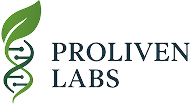
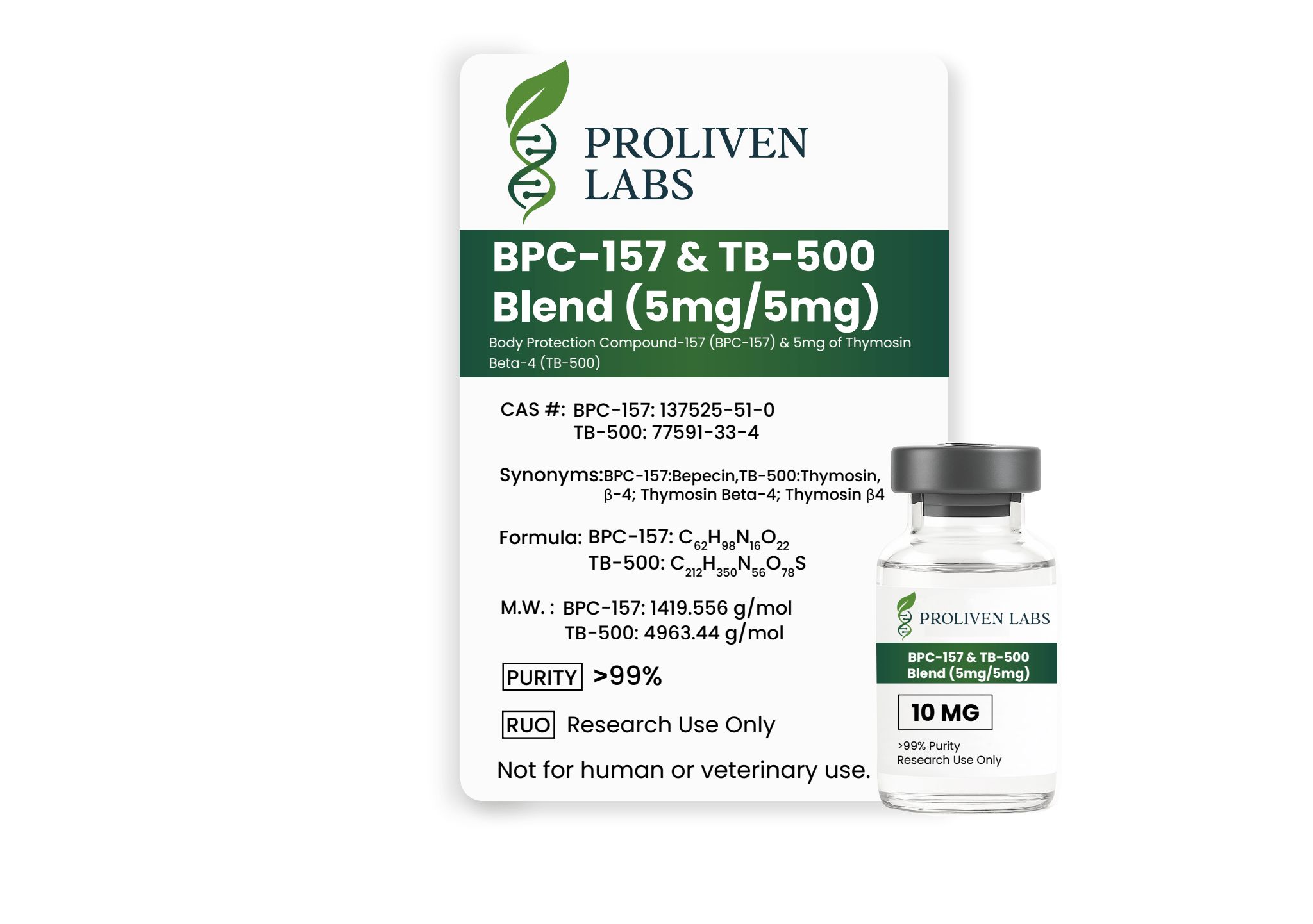
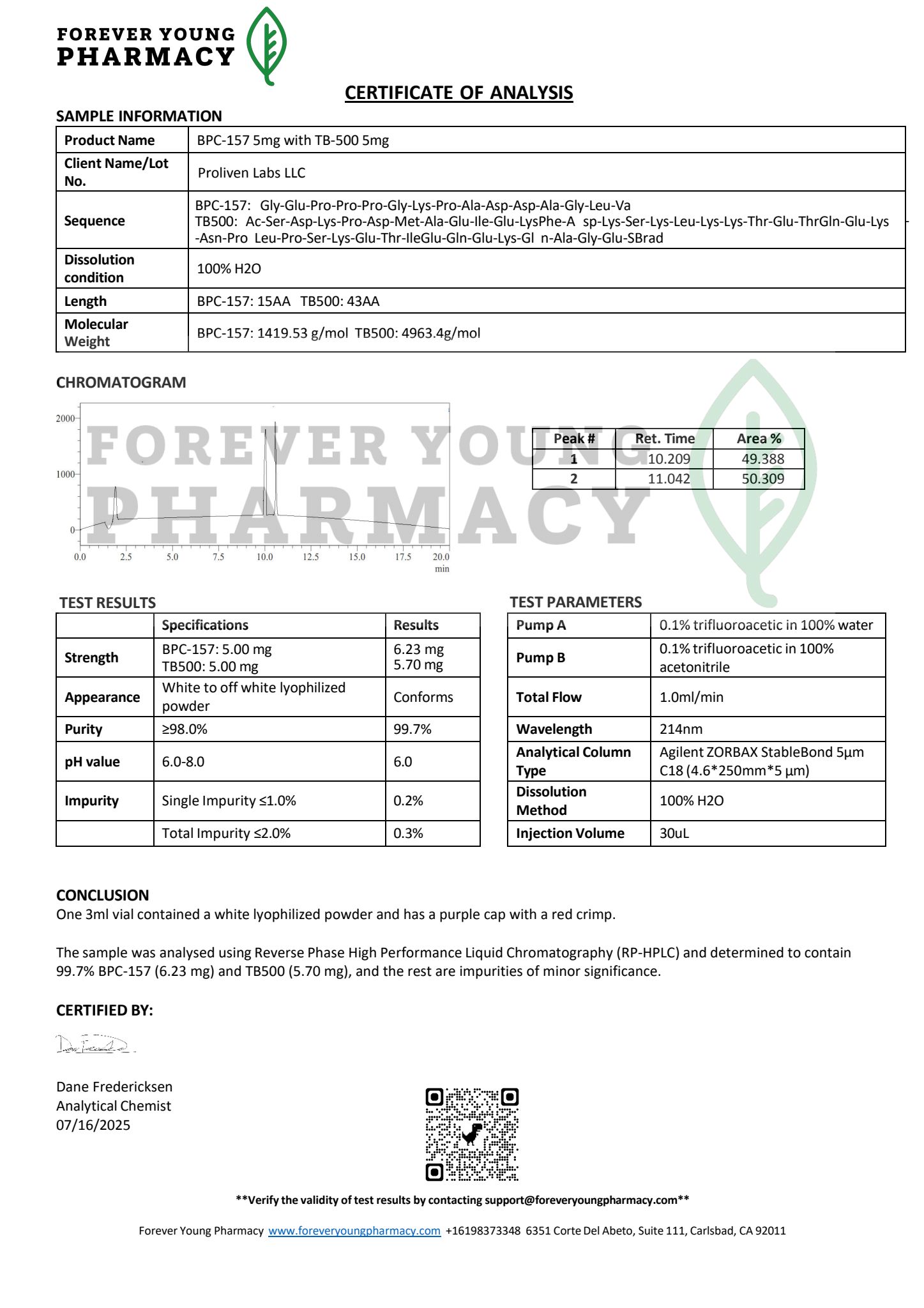


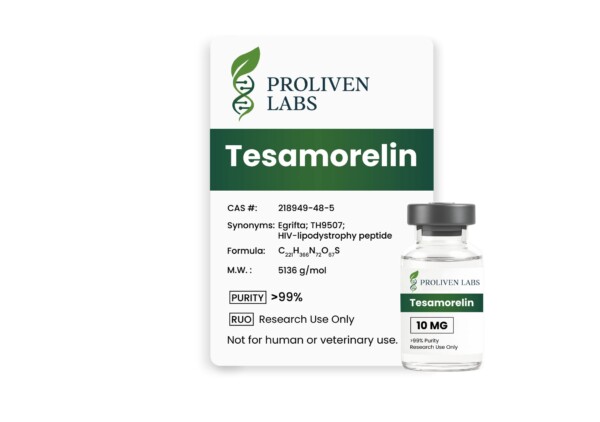
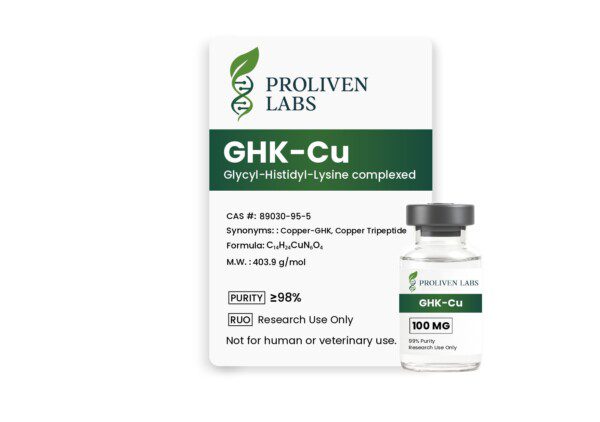
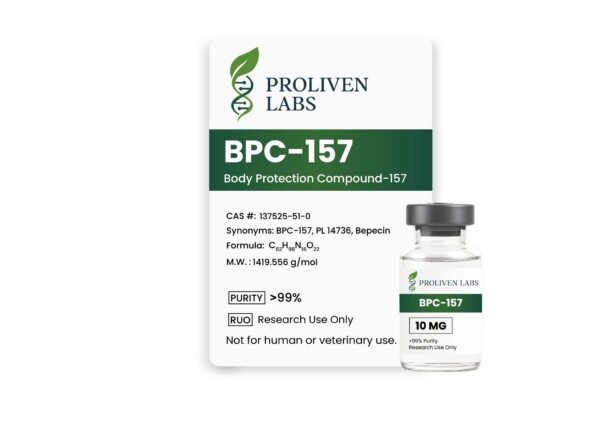

Reviews
There are no reviews yet.